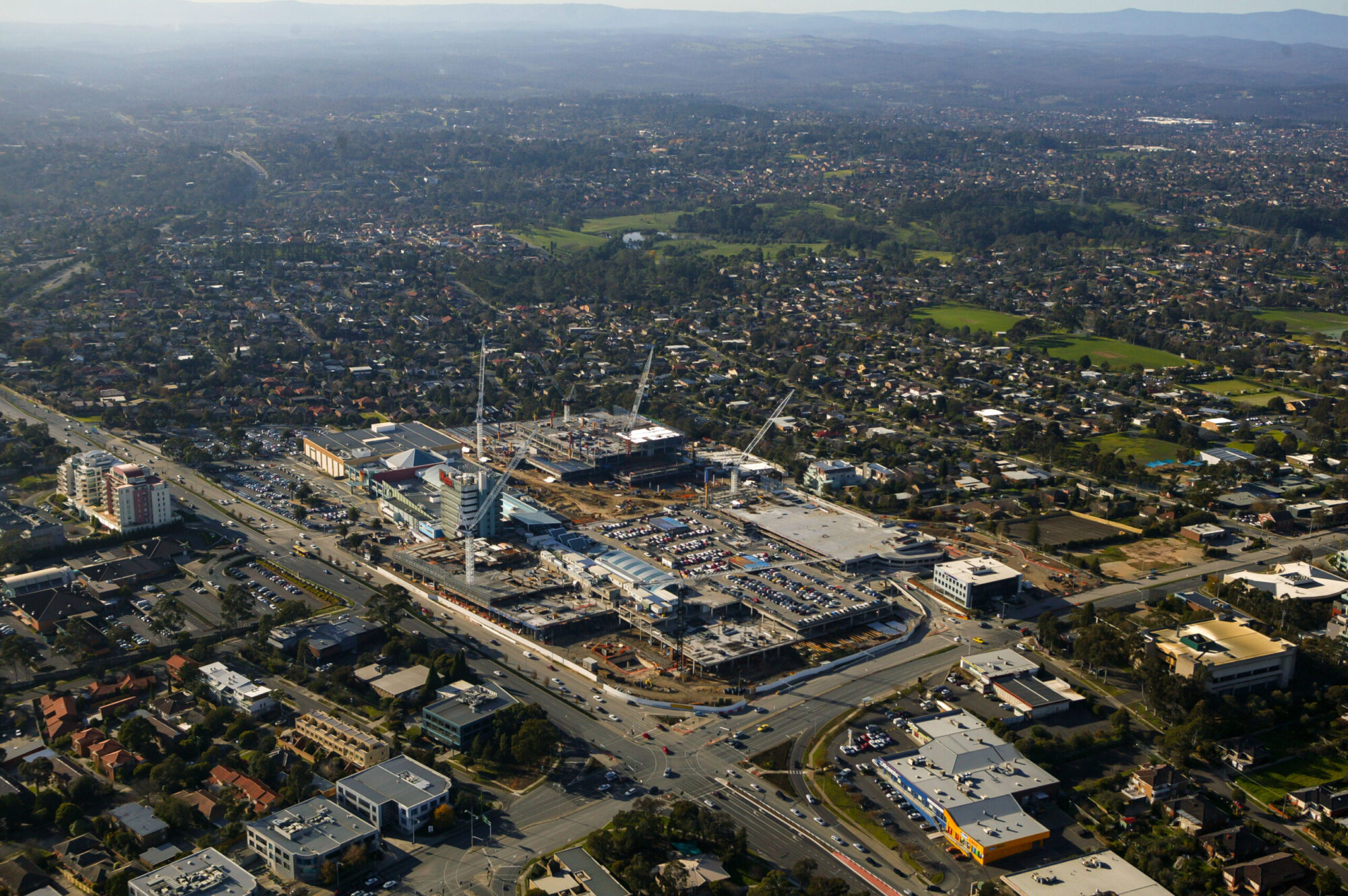Have you ever thought about how photos can mess with your feelings? I know I have. They’re amazing at taking you back in time, showing us where we’ve been and how far we’ve come.
I often find myself scrolling through old photos on my phone, seeing younger versions of myself, and it’s quite powerful. Those images remind me of how I’ve changed and grown over the years, reassuring me that I’m on the right track. Something is validating about having that visual timeline of your journey.
But here’s what I find fascinating about aerial photography, it gives us this completely different emotional experience while still telling a similar story of change. When I’m up in the air shooting landscapes or sites for clients, I’m not just capturing pretty views. I’m documenting how our world is changing and growing too.
From up there, you can see how humans have reshaped everything. I’ve flown over areas I photographed years ago and barely recognised them. Where there was a forest, now there’s a shopping centre. Where there was once farmland, now there’s a housing development.
The cool thing is that these aerial shots tell a story that ground-level photos can’t. They show the bigger picture of what we’re doing to our environment. I’m currently working through my archives and will be sharing some before-and-after comparisons further on my blog. I’ve got shots from the same locations taken 10 years apart, and when you place them side by side, you can see how much has changed.
And it’s not just about what humans do. Nature itself is constantly reshaping the landscape too. I’ve documented coastlines before and after major storms, flood plains during different seasons, and the slow but relentless creep of erosion.
To me, that’s what makes aerial photography so powerful. Just like personal photos track my growth and development, these aerial shots track our collective journey. They show us not just where we’ve been, but where we might be heading. They force us to confront questions about development, sustainability, and how we’re managing our resources.
So, while I look back at my photos to chart my growth, I look at these before-and-after aerial comparisons to understand our shared story. They tell us something important about where we’ve been and where we’re heading as a society. And honestly, that makes them special tools for reflection.

